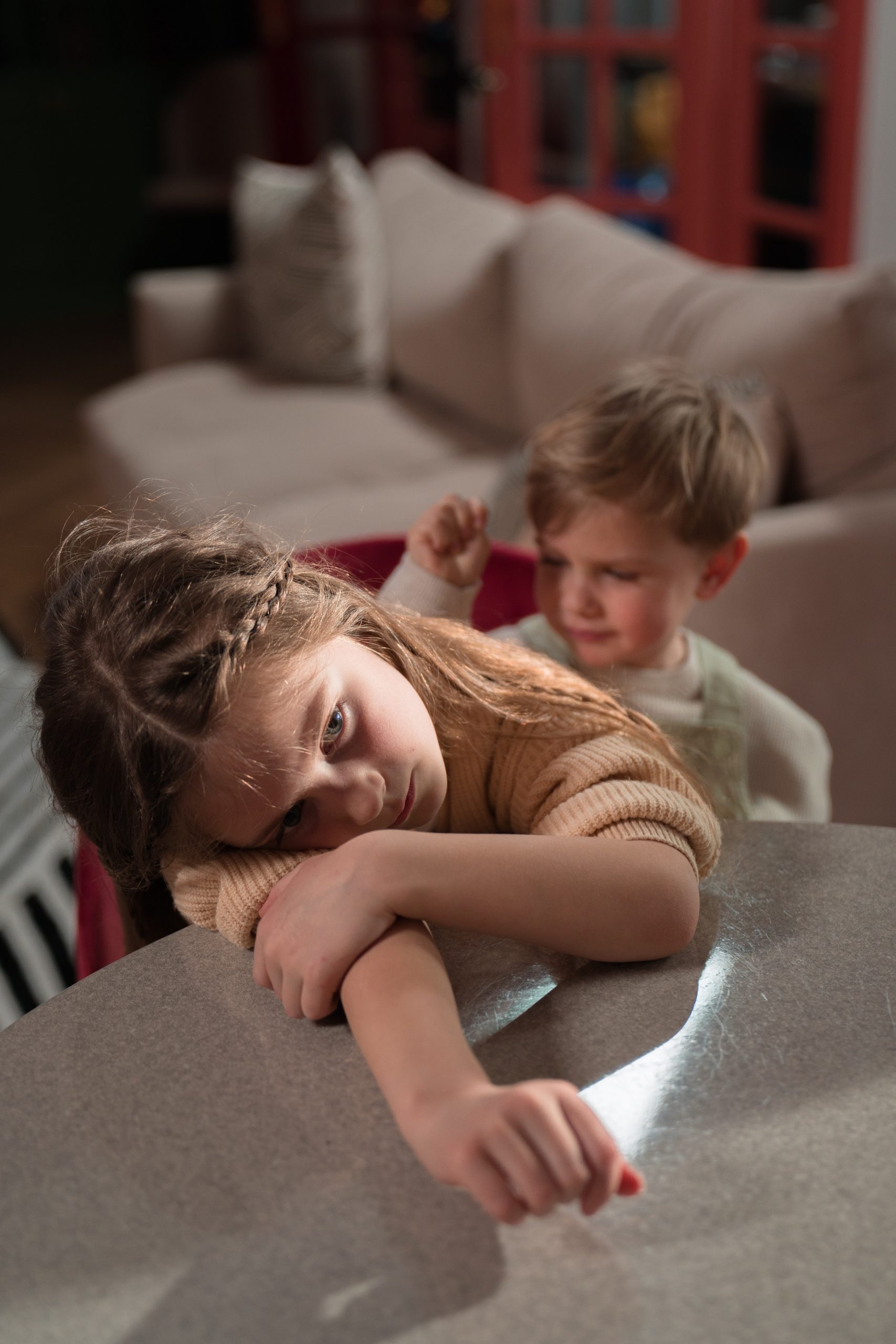
Exposure to Adult conflict occurs when children are exposed to conflict between adults in the home resulting in a deleterious effect on the children. This can include any adults engaging in conflict in the home impacting the well-being of the children, such as an uncle and the child’s mother or adult sibling and parent. Most often, the exposure is to intimate partner violence (domestic abuse), where one caregiver is abusive to the other, where the victim and, in some cases, the perpetrator are people the child loves and cares about. Children are eyewitnesses to abuse (visual) or hear the abuse (audio). They may be used by the perpetrator in the abuse (tool of the perpetrator) or exposed to the result of abuse (aftermath) (Eldleson, 1999). Intimate partner violence can be defined as behaviour in an intimate relationship that is used to gain or maintain power and control over one’s intimate partner through tactics. Abuse is emotional, physical, sexual, economic, or psychological actions or threats of actions that influence another person. This includes any behaviours that frighten, intimidate, terrorize, manipulate, hurt, humiliate, blame, injure, or wound (Jonson-Reid & Drake, 2018; Rimer & Prager, 2016; Tufford, 2020).
Signs of exposure to domestic abuse (adult conflict) may include:
- Signs of psychosomatic complaints (e.g., headaches, stomach aches)
- Child is injured during conflict
- Aggressive acting out
- Re-enactment of parental behaviours
- May be withdrawn, depressed, anxious
- Excessive separation anxiety
- May be overly compliant
- Fearful of family member(s) being hurt, killed
- Low frustration tolerance
- Sleep disturbances
- Bedwetting
- Doesn’t bring any friends over or go to friends
- Or hands out at friends all the time, not wanting to go home
- Perfectionist
- Poor peer relationships
- Academic problems
- Involvement in crime
- Homicidal thoughts
(Edleson, 1999; Leschied et al., 2004; Jonson-Reid, 2018; Rimer & Prager, 2016; Tufford, 2020)

